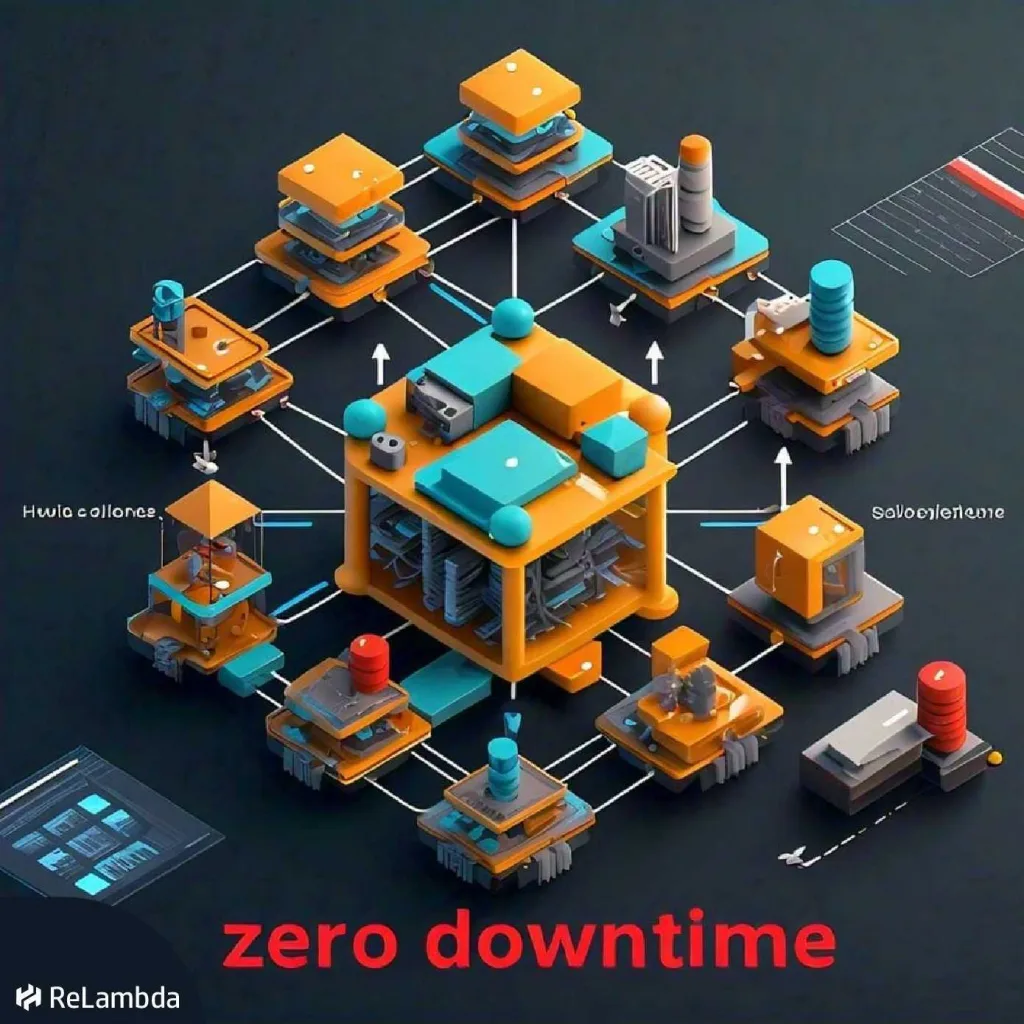Site Reliability Engineering (SRE) has emerged as a critical role in today’s technology-driven world. These skilled professionals are responsible for ensuring the reliability, performance, and scalability of complex systems, particularly in cloud environments like AWS, GCP, and Azure. By combining software engineering principles with systems administration, SREs play a pivotal role in driving organizational growth and success.
Key Roles of an SRE in Cloud Environments
- Reliability Engineering:
- Incident Response: SREs are the first line of defense when incidents occur. They swiftly identify and resolve issues, minimizing downtime and service disruptions.
- Monitoring and Alerting: By implementing robust monitoring systems, SREs proactively identify potential problems and alert the appropriate teams.
- Capacity Planning: They analyze system performance and predict future needs to ensure optimal resource allocation.
- Software Engineering:
- Automation: SREs automate routine tasks, such as deployments, configuration changes, and incident response, reducing human error and increasing efficiency.
- Tool Development: They build and maintain tools to improve system reliability and performance.
- Code Reviews: SREs often contribute to code reviews to ensure that changes align with reliability and performance best practices.
- System Administration:
- Infrastructure Management: SREs manage and maintain cloud infrastructure, including servers, databases, and networks.
- Security: They implement security measures to protect systems from threats and vulnerabilities.
- Performance Optimization: SREs continuously optimize system performance to deliver a seamless user experience.
Real-World Examples of SRE Impact
- Google: Google pioneered the SRE role and has significantly benefited from its implementation. By automating routine tasks and optimizing resource utilization, Google has saved billions of dollars annually.
- Netflix: Netflix relies heavily on SREs to ensure the reliability and performance of its streaming service. By automating deployments and implementing sophisticated monitoring systems, Netflix can quickly scale its infrastructure to meet peak demand.
- Airbnb: Airbnb leverages SREs to manage its complex infrastructure and deliver a seamless user experience. By proactively identifying and resolving issues, SREs help Airbnb maintain high availability and avoid costly downtime.
How SREs Drive Organizational Growth
- Increased Reliability: By reducing downtime and improving system performance, SREs contribute to customer satisfaction and loyalty.
- Enhanced Efficiency: Automation and streamlined processes enable teams to focus on strategic initiatives.
- Cost Optimization: By optimizing resource utilization and identifying cost-saving opportunities, SREs help organizations reduce expenses.
- Faster Innovation: A reliable and efficient infrastructure empowers development teams to innovate and deliver new features more quickly.
In conclusion, Site Reliability Engineers are essential to the success of organizations operating in the cloud era. By combining technical expertise with a focus on reliability and performance, SREs drive organizational growth, improve customer satisfaction, and reduce costs.


